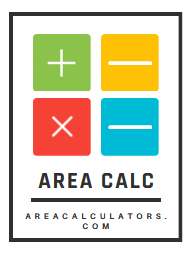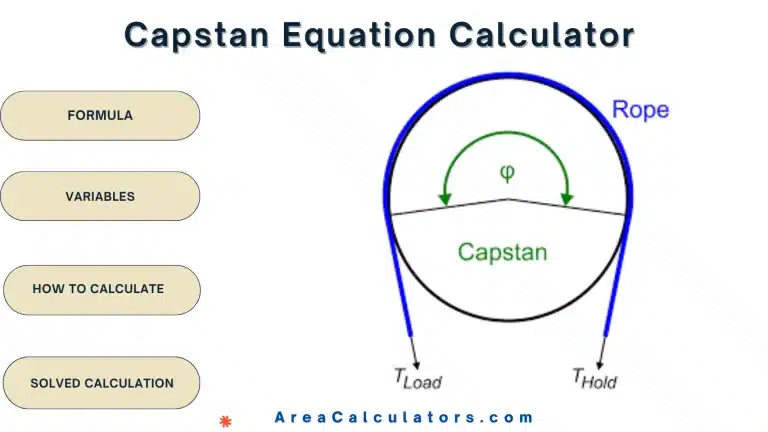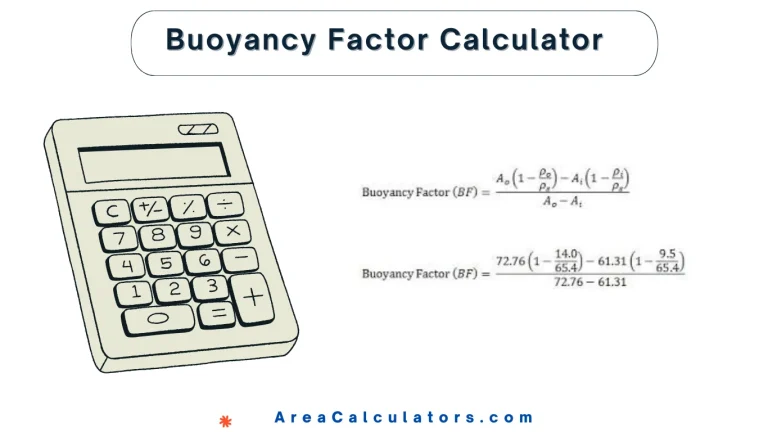To calculate the Quality Point Average (QPA), divide the total quality points earned by the total credit hours attempted.
The QPA (Quality Point Average) Calculator helps students assess their academic performance by calculating the average quality points per credit hour.
Unlike GPA, QPA provides a detailed view of how grades correspond to credit hours. This calculator is particularly useful for students and educators aiming to understand academic standing and determine eligibility for scholarships or honors.
Formula
QPA = QP / CH
| Variable | Description |
|---|---|
| QP | Total Quality Points Earned |
| CH | Total Credit Hours Attempted |
Solved Calculations
Example 1: Calculate the QPA for a student who earned 45 quality points over 15 credit hours.
| Variable | Value |
|---|---|
| Quality Points (QP) | 45 |
| Credit Hours (CH) | 15 |
| QPA | 45 / 15 = 3.0 |
Example 2: Determine the QPA for a student with 60 quality points and 20 credit hours.
| Variable | Value |
|---|---|
| Quality Points (QP) | 60 |
| Credit Hours (CH) | 20 |
| QPA | 60 / 20 = 3.0 |
What is QPA (Quality Point Average) Calculator?
The QPA (Quality Point Average) Calculator is a practical tool for calculating a student's academic performance. Unlike traditional GPA, which focuses on average grades, QPA incorporates quality points that account for both grades and credit hours. This makes it an effective way to assess a student’s academic standing comprehensively.
To use the QPA Calculator, input the grades earned in each course alongside the corresponding credit hours. The calculator multiplies each grade by its credit hours to determine quality points, sums these values, and divides the total by the number of credit hours. For example, if a student earns 45 quality points across 15 credit hours, their QPA is 3.0.
This tool is especially valuable for students, teachers, and institutions aiming to evaluate academic progress or determine eligibility for honors and scholarships.
Final Words:
Ultimately, the QPA Calculator is an essential resource for accurately measuring academic achievement. By integrating grades and credit hours, it provides a deeper understanding of a student’s performance and progress.




